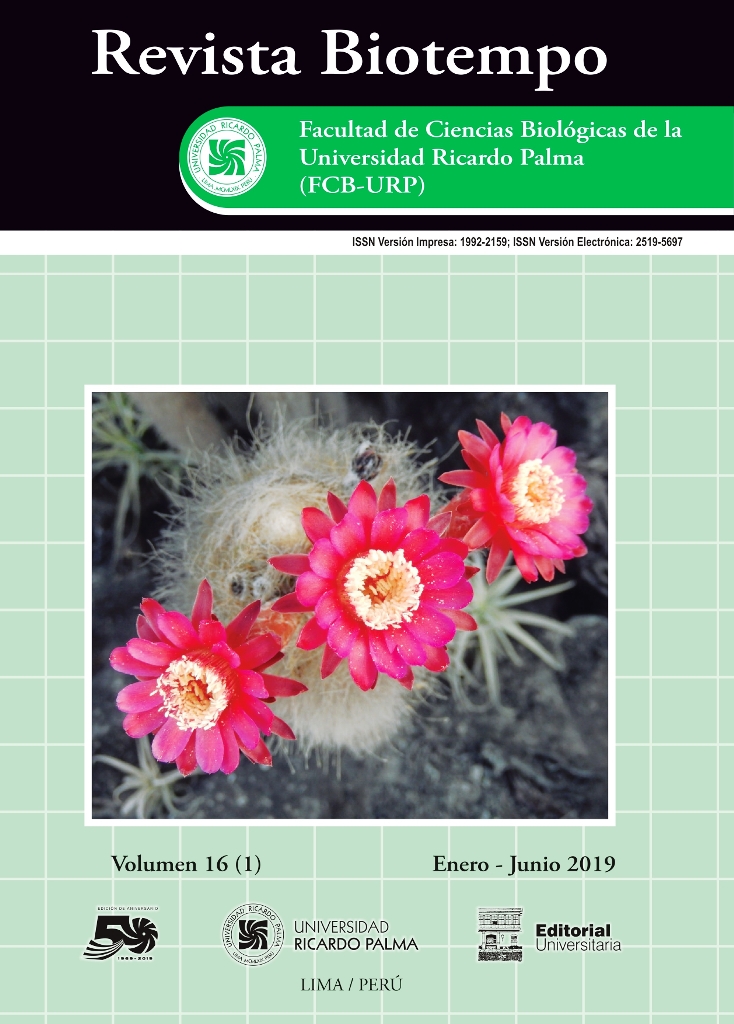COLLABORATIVE COMMUNICATION OF TEAMWORK AS A KEY INDICATOR IN SCIENTIFIC RESEARCH
DOI:
https://doi.org/10.31381/biotempo.v16i1.2174Abstract
Every recognizable and competitive result is based on interactive cognitive actions so that universities base their social responsibility on the dynamics of professional recognition and its realization in research projects. The purpose of this study was to evaluate the collaborative communication of teamwork as a key indicator in scientific research. Three general questions were asked: 1st) Who knows what you do to the ones you know?, 2nd) Who of you recognizes the scientific knowledge about what you do to the ones you know? and 3rd) How many of you recognize the scientific contribution of those who recognize your scientific work? The questions were indicated in three graduate training programs where the low percentage of recognition interpreting possible difficulties on the scientific policy was measured; for this, the Likert-type scale technique was applied where 4 aspects were considered: 1st) institutional research culture, 2nd) explicit commitment of decision makers, 3rd) functional association between research areas and 4th) facilitation of means of communication for the informative update, being little valued the scientifi c policy on the part of the teachers. The number of multidisciplinary, interdisciplinary and transdisciplinary projects related to water pollution in the Huacachina
Lagoon was analyzed and total absence was observed. It was concluded that there were limitations in the collaborative communication of teamwork, influencing visibility and impacts in scientific research, recognizing the need to move from individual to collective thinking.










